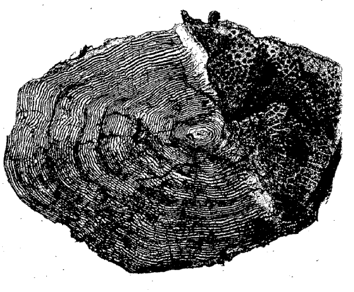Genetics tools and laboratory infrastructure

While the molecular laboratory also includes advanced high through-put SNP genotyping equipment, the old and trusty ABI machine still provides us with unique data for many of the species we work with. Several challenges, such as routine identification of spontaneous triploids 8,85,86 and conjoined twins 95 are easily addressed on such equipment.
Over the years we have used a whole variety of genetic markers, from allozymes and mtDNA sequencing, to microsatellites and more recently SNP chips, high through-put SNP genotyping, RAD and whole genome sequencing and re-sequencing. We have entered the field of population genomics hence going from tens to thousands of markers. This provides us with unique insights into some of the more challenging and multi-dimensional issues in population genetics and genomics, namely selection and adaptation which among other things form the building blocks for evolution. For example, we have developed and used SNP chips to understand the genomic structure of the salmon louse throughout the Atlantic, and how resistance to chemical delousing agents developed and was dispersed in this species 89, we have developed diagnostic markers and identification of inter-species hybrids using whole-genome resequencing approaches 111, and we have used SNP chips to identify chromosome rearrangements in marine species 44.
Collectively between our laboratories located in Bergen, Flødevigen and Tromsø, we have access to modern molecular genetic equipment such as three ABI sequencing machines, a Sequenom MassARRAY high through-put SNP genotyping platform, multiple PCR and real-time PCR machines, ddRAD library preparation equipment, and a range of other supporting equipment for high through-put genotyping. The three laboratories routinely genotype >50 000 samples yearly which provides scope for large scale projects. A core of ~9 technicians have their primary place of work in these laboratories and provide a high level of competence for the analyses.

References: Key publications from the IMR Population Genetics group.pdf
Published: 01.03.2022
